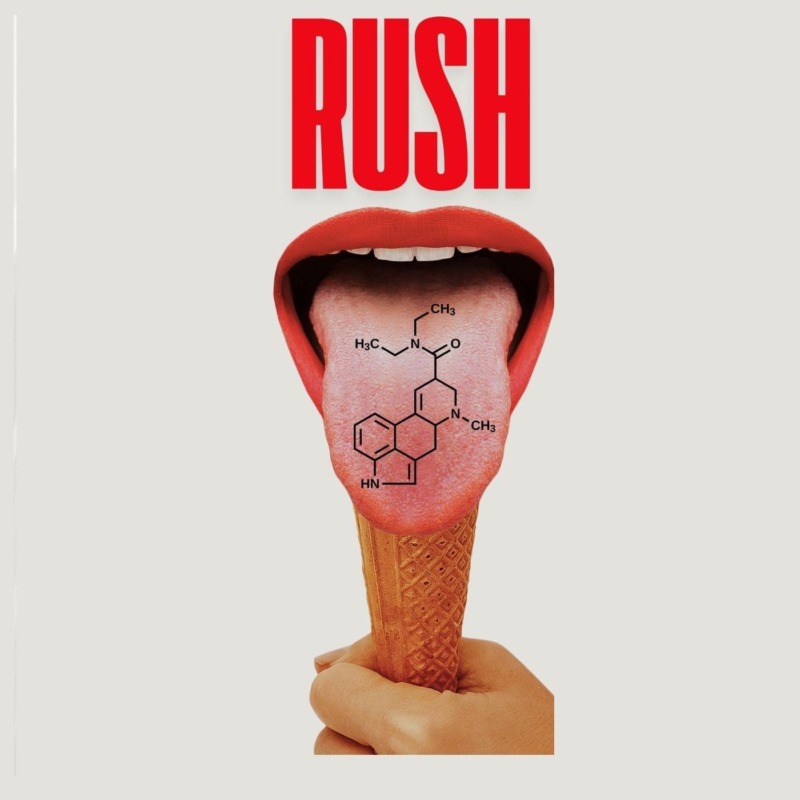The first two volumes of the surrealist superhero manga No. 5 by Taiyo Matsumoto were published in English by Viz Media in 2002 and 2003, but its remaining six volumes went untranslated due to poor sales of the first two. 18 years later, Taiyo Matsumoto has won two Eisner Awards (for TEKKONKINKREET: Black and White and Cats of the Louvre) and is generally better-known by American manga readers, so Viz is finally reprinting and finishing its translation of No. 5. This new printing collects the original eight Japanese volumes into four English volumes, so the new No. 5 Volume 1 contains every chapter previously published Stateside.
No. 5's rerelease will definitely hold at least some interest to fans of Taiyo Matsumoto's work and the more experimental side of manga and superhero comics. Whether this interest will translate into love or mere curiosity, however, is less certain. The storytelling is so abstract and confusing that it's hard to form an emotional attachment to the story, while the nature of the art varies so dramatically that parts of it might turn off even those used to Matsumoto's distinct style. Even if you end up loving the highly experimental book, it won't be a mystery why the series' first run struggled to sell.
The basic premise of No. 5 is a team of nine superheroes, the Peace Corps Commandos, has been established to keep order in a post-apocalyptic future, but one of them, No. 5, has kidnapped the beloved Matryoshka and is now being hunted by the others. Shotaro Ishinomori's classic Cyborg 009 is a clear inspiration; at one point, the Peace Corps Commandos are even drawn in a retro style with uniforms identical to the 00 cyborgs'. Matsumoto is playing with and criticizing the tropes of Japanese superhero fiction in ways comparable to how Alan Moore and Garth Ennis deconstruct American superhero tropes. The superheroes submit to the same wealthy elite who destroyed the world in the first place, and their "heroism" ultimately makes little difference in ordinary people's lives.
This interesting collection of ideas easily gets lost in how confusing the story is to follow. This is perhaps best summed up in the "recap" page at the start of Chapter 4, which is so deliberately messy and filled with extraneous details that it comes across as hardly more helpful than no explanation at all would be. Little is clearly explained about the world, and more damagingly, very little real characterization is afforded to any of the characters. How much you'll want to unpack No. 5's mysteries is determined by how much the manga makes you care, and without reasons to get attached to the characters, caring is going to be a struggle for many readers.
Visually, No. 5's art alternates between amazing and off-putting. The art is at its most beautiful in the opening Chapter 0, a masterpiece in the use of shading to create dimension. In the sections where Matsumoto avoids shading, however, the art can become overly sketchy, looking almost unfinished. The variations in quality are dramatic: one page or even one panel can feature some of the coolest manga art you've ever seen and then the next will just be incredibly ugly. Matsumoto has immense talent as an artist, and his experimentation is commendable, but not every experiment is going to work for everyone's taste. It's also worth noting many pages which were originally published in color are printed in black-and-white for this edition.
Perhaps further volumes of No. 5 will develop the series' plot and characters in ways that will enhance its intriguing themes and vibrant imagination. Regardless of how you feel about the manga personally, it's a good thing that Viz is giving the series a chance at a full publication, at least out of respect for a manga-ka as important as Taiyo Matsumoto. Whether No. 5 will appeal to a wider crowd beyond the Matsumoto completionists, however, is debatable.
No. 5 Volume 1 is available from Viz Media.
About The Author

